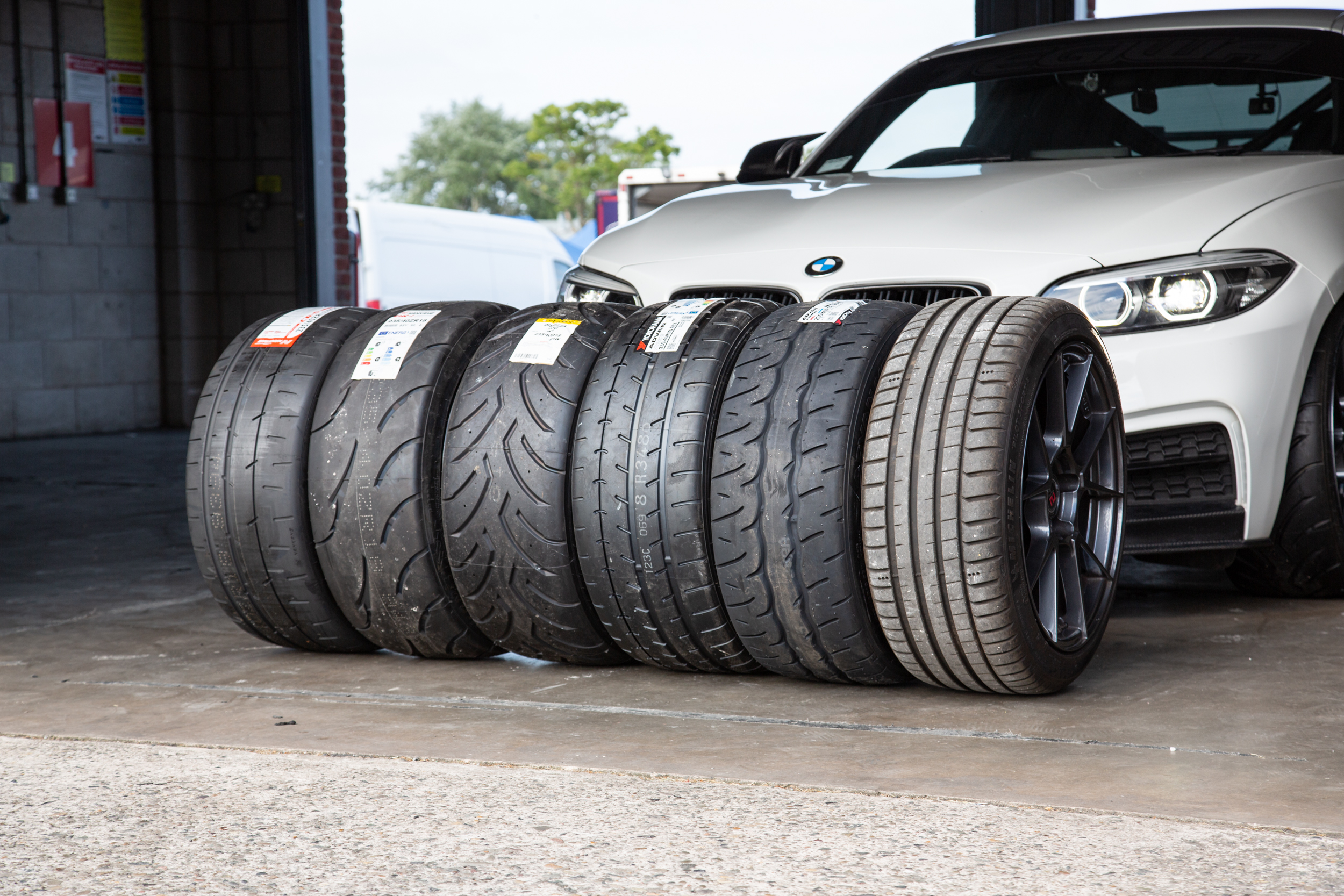All Categories
Featured
Table of Contents
The Michelin offered a comfortable driving experience, characterised by receptive steering and a progressive understeer equilibrium. Regardless of the cooler screening problems, Michelin's constant time and grip over three laps shows its suitability for real-world applications. Alternatively, Yokohama's efficiency was distinct. While its super-quick guiding resulted in a quick front axle turn, the rear revealed a propensity to turn more.
The tyre's initial lap was a 2nd slower than the second, directing to a temperature-related grasp boost. For day-to-day use, the Michelin might be a much safer wager.
Best Tyre Shop
It shared Michelin's risk-free understeer balance but lacked the latter's determination to transform. Continental and Goodyear's efficiencies were notable, with Continental's brand-new PremiumContact 7 revealing a significant renovation in damp conditions compared to its precursor, the PC6. This version was far much less sensitive to fill adjustments and behaved just like the Michelin, albeit with a little less communication at the restriction.
It integrated the risk-free understeer balance of the Michelin and Continental with some flashy handling, showing both predictable and quick. As an all-rounder for this Golf GTI, Goodyear's Asymmetric array was the standout, showing excellent performance in the damp. Ultimately, the Bridgestone Potenza Sport took the crown as the fastest tire, albeit by a little margin.
This tyre obtained grippier as it heated up, similar to the Yokohama. Motorists seeking an interesting wet drive might locate this tire worth thinking about. The standout performer in wet stopping was the most recent tyre on examination, the PremiumContact 7, though the outcomes are nuanced. We conducted damp braking examinations in 3 various methods, two times at the new state and when at the worn state.
Tyre Rotation Services Near Me – Swan
Ideally, we desired the cool temperature examination to be at around 5-7C, but logistical hold-ups indicated we tested with an ordinary air temperature of 8C and water at 12C. While this was cooler than standard examination conditions, it was still warmer than real-world conditions. The warm temperature level test was done at a standard of 18C air and 19C water.
The third run involved damp braking examinations on used tyres, especially those machined down to 2mm with a little encounter. While we intended to do more with these worn tires, climate restrictions limited our testing. It's worth noting that wet braking is most crucial at the used state, as tires usually improve in completely dry conditions as they put on.

Bridgestone, Goodyear, and Michelin saw the least efficiency reduction when put on. The Hankook tyre registered the smallest efficiency decline as temperatures cooled, yet it was amongst the most impacted when put on.
Cheap Tyres – Kiara
The take-home message below is that no solitary tire succeeded in all aspects of wet braking, suggesting a complex interplay of elements influencing tyre performance under various problems. There was a standout tire in aquaplaning, the Continental ended up top in both straight and bent aquaplaning, with the Michelin and Goodyear also really great in much deeper water.

Yokohama can benefit from slightly even more grasp, an issue possibly affected by the colder conditions. When it comes to dealing with, all tyres executed within a 2% variety on the lap, demonstrating their top notch efficiency (High-quality tyres). Thinking about these tires basically target the very same customer, it's interesting to observe the significant distinctions in feeling.
The shock is because the PremiumContact 6 was just one of my favourites for sporty dry drives, however its successor, the PremiumContact 7, appears elder and appears like Michelin's performance. Among these, Hankook was the least accurate in guiding and interaction at the restriction. Discount tyres. Both Michelin and Continental used lovely preliminary steering, albeit not the fastest
If I were to suggest a tyre for a fast lap to an amateur, say my father, it would certainly be just one of these. Then we have the 'enjoyable' tyres, specifically Yokohama and Bridgestone. Both were quick to guide and felt sportier than the others, however the trade-off is an extra spirited back side, making them extra challenging to take care of.
Wheel Balancing Services
It provided comparable steering to Bridgestone but supplied far better feedback at the limit and far better grasp. The Bridgestone Potenza Sport, nonetheless, appeared to deteriorate rather rapidly after just 3 laps on this demanding circuit. There's Goodyear, which placed itself someplace between the fun tyres and those often tending in the direction of understeer.
All in all, these tyres are exceptional performers. In terms of tire wear, the approach used in this examination is what the market refers to as the 'gold criterion' of wear.
Both the Bridgestone and Yokohama tires dramatically underperformed in comparison to the other four tyres in regards to rolling resistance, with Continental a little exceeding the remainder. Regarding the comfort level of the tires, as prepared for, most showed an inverse connection with handling. The Continental, Michelin, and Goodyear tires carried out finest throughout various surface kinds examined.

Bridgestone started to show indicators of firmness, while Yokohama was especially jarring over holes. We did determine inner noise levels; however, as is commonly the instance, the results were carefully matched, and because of weather restraints, we were not able to perform a subjective assessment of the tyres sound. Ultimately, we looked at abrasion figures, which measure the quantity of tire tread lost per kilometre, normalised to a one-tonne vehicle.
Tyre Shop ( Swan 6054 WA)
This figure stands for the amount of rubber dirt your tires create while driving. Michelin led in this category, creating over 9% much less rubber particulate issue.
Latest Posts
Top Car Tyre Fitting
Leading Tyre Checks – Wanneroo 6065 WA
Affordable Tyre Balancing – Embleton 6062 WA